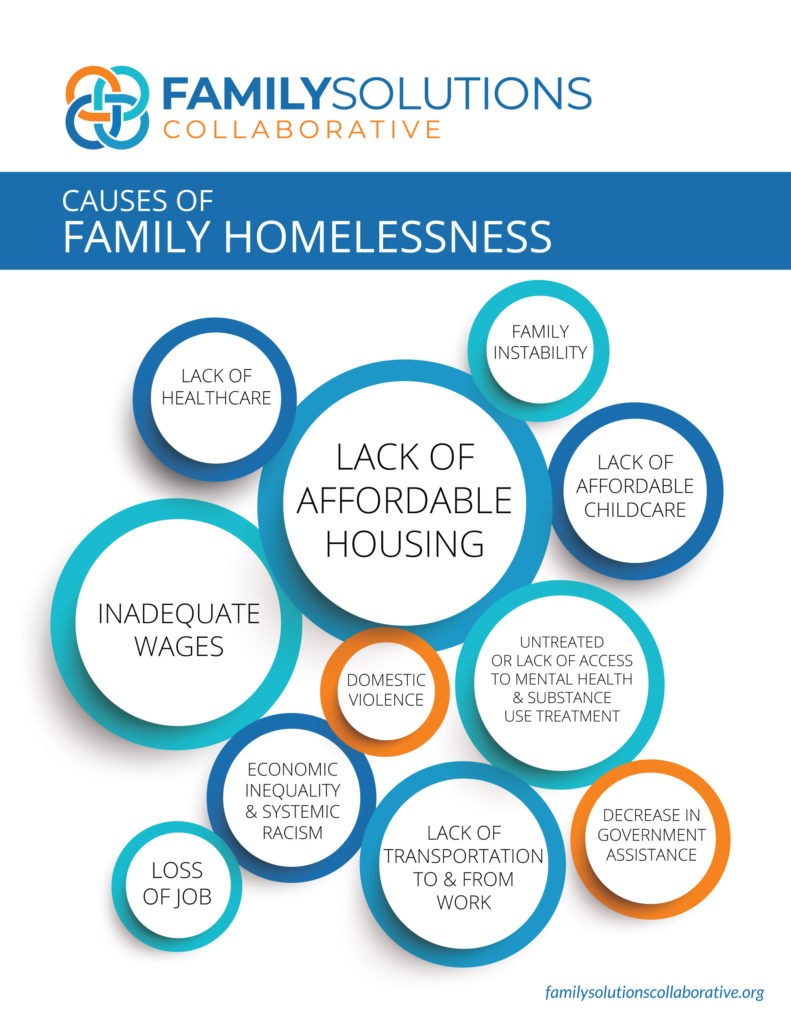Impact of Homelessness on Children
When we think about people who are experiencing homelessness, we usually think about adults. Sadly, millions of children experience homelessness every year.
More than 40% of the children who are homeless in Orange County are aged five and under.
These children sleep in cars, shelters and abandoned buildings. Their families relocate constantly, which results in the children being pulled out of school and away from friends.
Homelessness impacts children in nearly every way:
- Homelessness is traumatic for children because they often experience frequent moves, family split-ups, and living in crowded places before using homeless shelters. (National Center on Family Homelessness)
- Homeless children are sick at twice the rate of other children. They suffer twice as many ear infections, have four times the rate of asthma, and have five times more diarrhea and stomach problems. (National Child Traumatic Stress Network)

